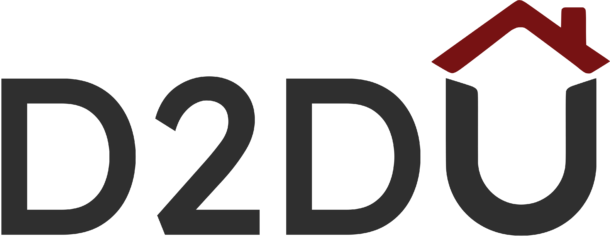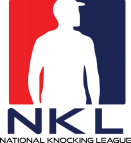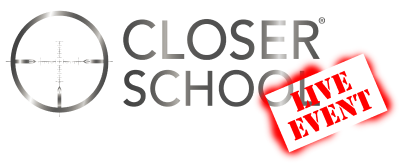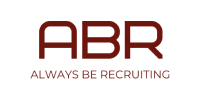If you’re a frontline manager, I know the drill: your field sales team is working their butt off, putting in the miles, but the numbers just aren’t adding up to what they should be. It’s frustrating, right? Most field sales teams are busy not productive. You’ve got a busy team, but they aren’t productive because of bad territory design, misaligned comp, and weak coaching cadence. You’re losing coverage, your coaching is inconsistent, and let’s be honest, that CRM data is probably trash. That kills pipeline and morale for everyone.
What if I told you that the key to turning this around isn’t working harder, but smarter—by fixing the core infrastructure of your sales operation? You can actually drive a measurable lift in your team’s performance, no matter the industry, when you understand how to manage sales field team workflows the right way. This article will give you implementable fixes and show you exactly how to execute a 30/60/90-day plan that repairs bad territory design, aligns your compensation structure, and builds a repeatable coaching cadence that your reps can depend on.
As Peter Drucker famously said, “What gets measured gets managed”.
Key Takeaways
Here’s what you’ll get out of this guide:
- Balance territory design with workload to stop coverage gaps.
- Coach with data—structured coaching programs move win rates.
- Use comp alignment to incentivize the right behaviors, not vanity metrics.
- Start with a measurable and repeatable 30/60/90 plan for success.
Interest — diagnose and educate
You’ve probably tried a few things already. Maybe a new sales contest, or another long sales training session. But if the underlying engine is broken, those quick fixes won’t stick. Here’s why the typical field sales fixes fail and how to diagnose what’s actually going wrong.
Why typical field sales management fixes fail
We see these same anti-patterns all the time:
- One-size-fits-all coaching programs and zero ride-along discipline. This results in inconsistent rep improvement. If a rep’s problem is prospecting and you coach on closing, you’ve wasted time.
- Poor territory design means your reps visit low-opportunity accounts repeatedly. That’s just burning gas and time.
- Tools chosen for feature lists often neglect adoption or workflows. You bought the shiny new mobile CRM, but it doesn’t fit the actual workflow of your reps in the field, so nobody uses it. Guess what? That “trash CRM data” problem is back again.
Evidence you should care — key stats to cite
These aren’t just guesses. The data backs up that process matters a lot more than just hustle.
Sales organizations that actively coach and use analytics to drive those coaching efforts consistently outperform their peers in terms of quota attainment and revenue growth. If you’re managing a team, you need to be focusing your time on the highest-leverage activities, not just reacting to fires.
Core Concepts
To manage field sales team performance effectively, we focus on four core pillars:
- Territory design: This is how you divide your accounts. You need to factor in account scoring, potential, travel time, and workload balancing. Fair territories stop burnout and ensure full market coverage.
- Compensation alignment: Your comp plan is a lever. It must incentivize the behaviors you want to see—like new logo visits or CRM hygiene—not just the final outcome. We focus on a blend of behavior-based pay vs. purely outcome-based.
- Coaching cadence: This isn’t just an annual review. It involves micro-coaching sessions, structured ride-alongs, and scorecards.
- Tech stack: This means the tools that enable field work. Prioritize mobile CRM adoption, then route optimization, and finally analytics dashboards.
(Transition: So, how do you actually put these concepts into practice without disrupting everything?)
Desire — Show the solution and benefits
The solution is a simple, measurable 30/60/90-day plan. You don’t overhaul everything at once; you get quick wins, build structure, and then scale what works.
30/60/90 Implementation Roadmap
- 30 days — Audit and quick wins
- Run a coverage audit.
- Set CRM hygiene rules.
- Establish baseline KPIs.
- 60 days — Structure and pilots
- Rebalance territories.
- Launch a coaching schedule.
- Pilot a routing tool.
- 90 days — Scale and measure
- Adjust comp levers.
- Rollout analytics dashboards.
- Publish results.
Playbook Components
Your manager playbook isn’t a giant binder. It’s a set of simple, actionable tools:
- Manager dashboard: A simple view of visits/week, logged activities, and pipeline conversion.
- Coaching scorecard: A single-page sheet tracking both behavior and outcome metrics.
- Territory template: A structure showing accounts, travel time, and potential.
- Comp adjustment guide: Simple rules for crediting new logos vs. account growth.

Comparison table — tools and when to use them
| Tool category | Core capability | Typical price tier | Best for | Quick win |
| Territory mapping | Balanced workload + heatmaps | $$ | Teams 5–200 reps | Rebalance 1 pilot team |
| Mobile CRM | On-the-go logging, mobile forms | $$ | Teams struggling with adoption | Mandate 3 activities logged daily |
| Route optimization | Multi-stop planning, reduce travel time | $ | Reps with long drive times | Test on a rep who drives the most |
| Sales analytics | Identify coaching gaps, pipeline health | $$$ | Teams 15+ reps, Sales Ops | Identify the lowest CRM compliance rep |
Real Life Examples
Here are two short examples that show how these changes actually play out:
- Scenario A: A small, 5-rep team with 500 accounts was struggling with low CRM activity. The manager reassigned accounts by revenue tier and committed to one coaching ride-along per rep monthly. The result: CRM activity was up 40% in the pilot after 60 days.
- Scenario B: A 20-rep team with long travel times implemented route optimization. The result: They were able to reduce travel hours and increase visits per day.
(Transition: If those results sound good, it’s time to move from planning to execution.)
Hire fewer trainers, ship more wins
Build a sales machine that runs without you hovering
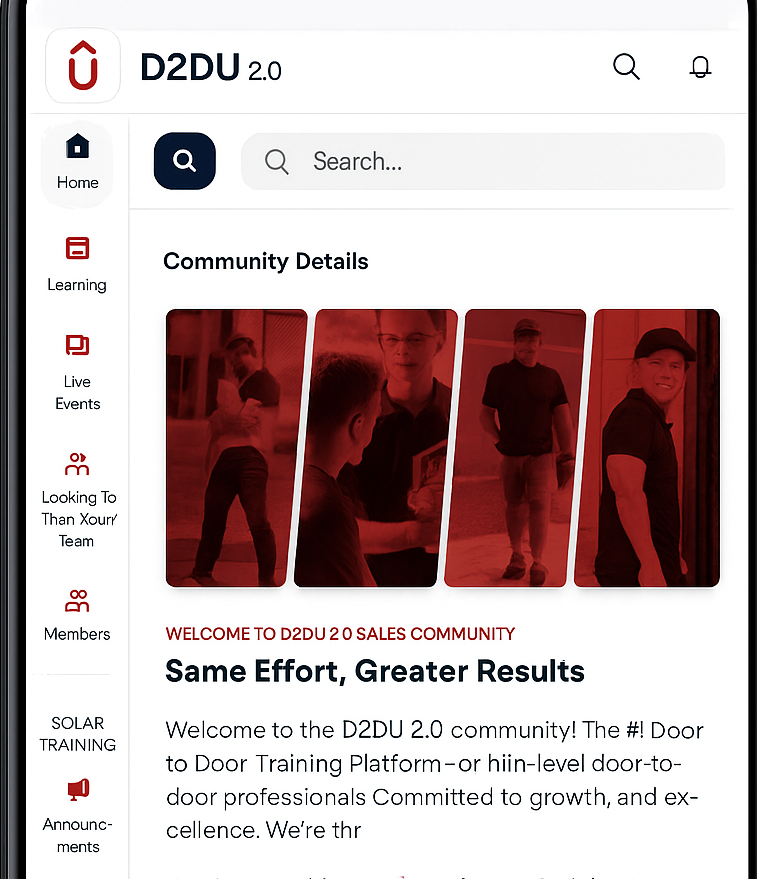
Action — Convert Readers into Implementers
Ready to stop spinning your wheels and start managing your team based on a proven process? You need to take the first step today.
Tactical Checklist
You can start running this pilot right now:
- Run a coverage audit using a spreadsheet template.
- Define 3 core KPIs: visits, logged activity, and pipeline value.
- Run a 2-week coaching pilot using scorecards.
- Rebalance territories and measure the delta at 30/60/90 days.
- Adjust your comp plan to reward desired behaviors.
Downloadable assets to include
We’ve already built the tools you need to make this happen without starting from scratch:
- 30/60/90 template (spreadsheet): Use this to track your measurable outputs for each phase.
- Coaching scorecard (PDF): A ready-to-use template to standardize your 1:1 sessions.
- Territory mapping sample (CSV): A template to organize accounts by potential, travel time, and workload.
Supporting sections
Things to consider
- Geographic vs. account-based territories: You need to decide if you’ll divide by simple geography or by specific account segmentation.
- Data privacy when tracking location is real. Be transparent with your team about what you track and why.
Note
Short, simple KPIs beat out a long list of vanity metrics. Keep it to those 3 primary measures we talked about.
Bonus Point
Automate low-value tasks like scheduling and expense entry. This means reps spend time selling. Analytics then signals where coaching actually moves the needle.
Disclaimer
Results vary by industry and sales cycle length. Run small pilots before a wide rollout.
FAQs
What are the 3 KPIs every field sales manager should track?
Visits per week, pipeline conversion rate, and CRM activity compliance are the three to prioritize. Keep the list to 3 and measure weekly.
How often should I do ride-alongs?
Start monthly for new reps and quarterly for experienced reps. Adjust this frequency based on performance signals.
How do I design fair territories?
Use account potential $\times$ travel time $\times$ number of touches formula. Run a pilot to validate this approach.
Should compensation be activity-based or outcome-based?
Blend both approaches. Outcomes matter, but behavior credits (new logo visits, qualified demos) drive pipeline health.
What tech should I prioritize first?
Mobile CRM adoption comes first, then route optimization, and then analytics dashboards—in that order.
How long until I see measurable lift from coaching?
Expect early signal improvements in 30–60 days. Stronger outcome lifts typically appear by 90 days.






